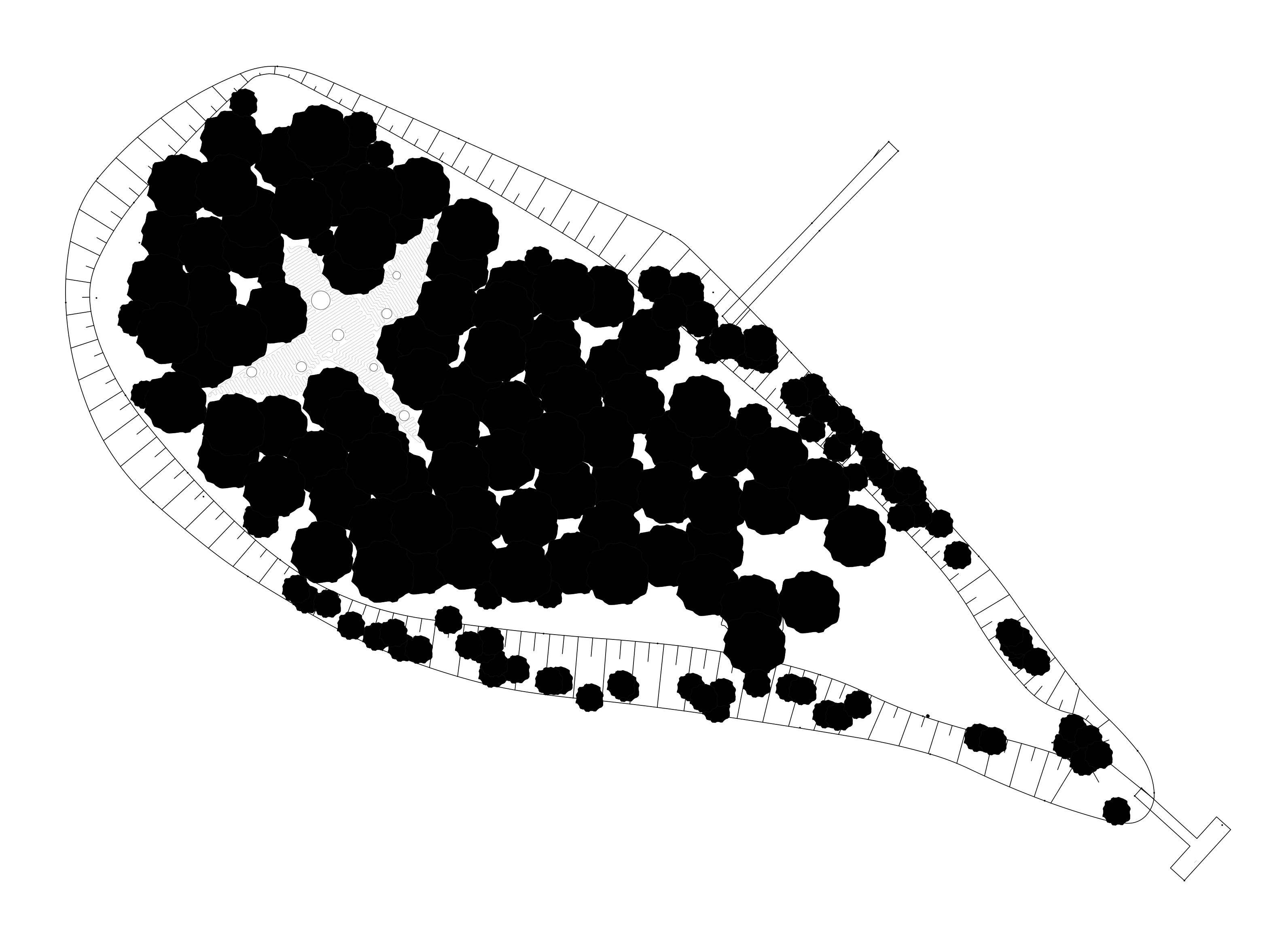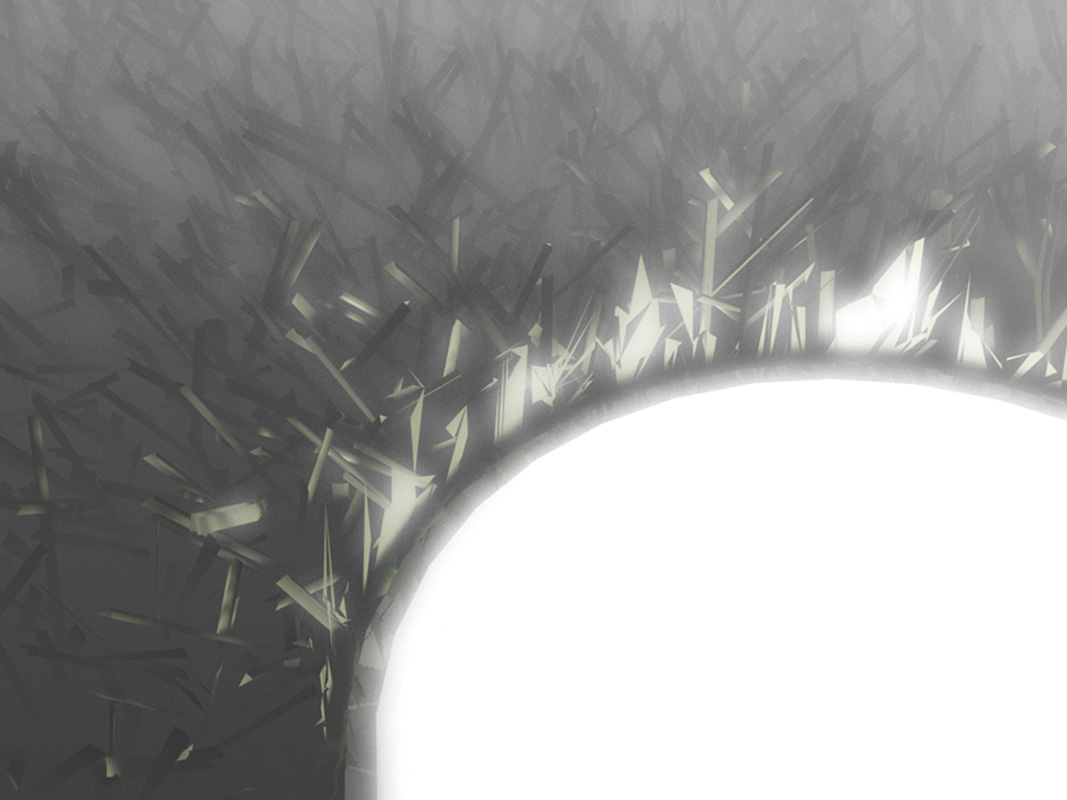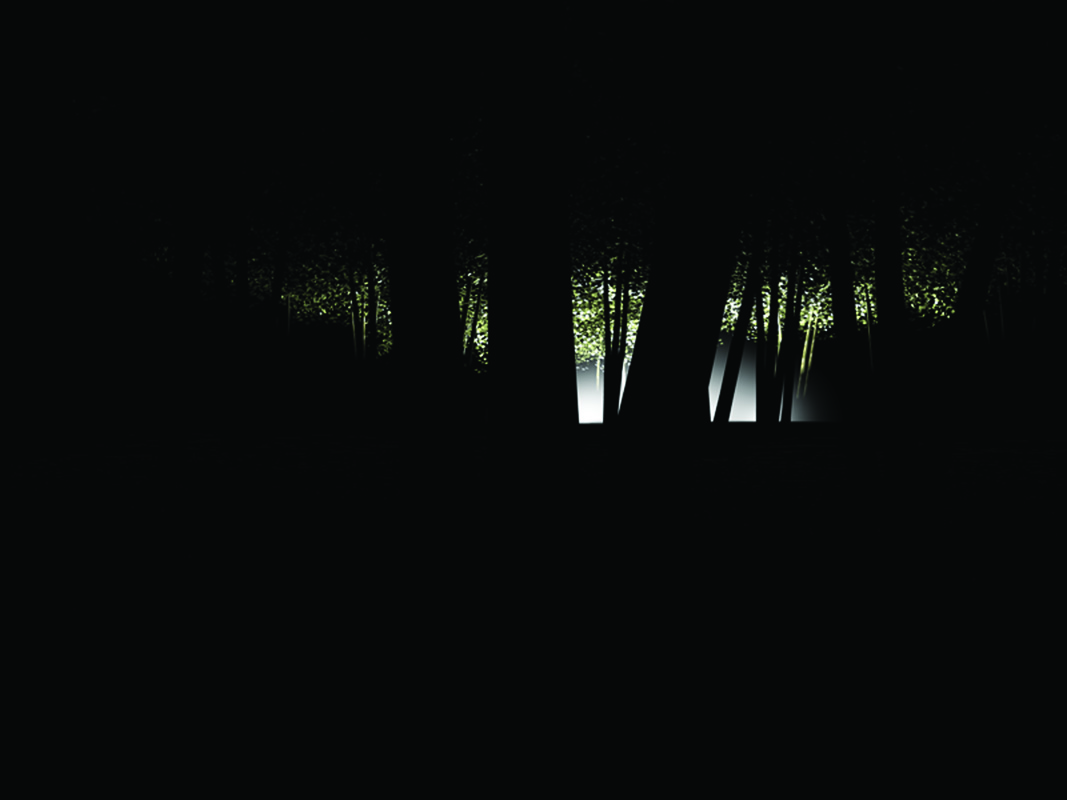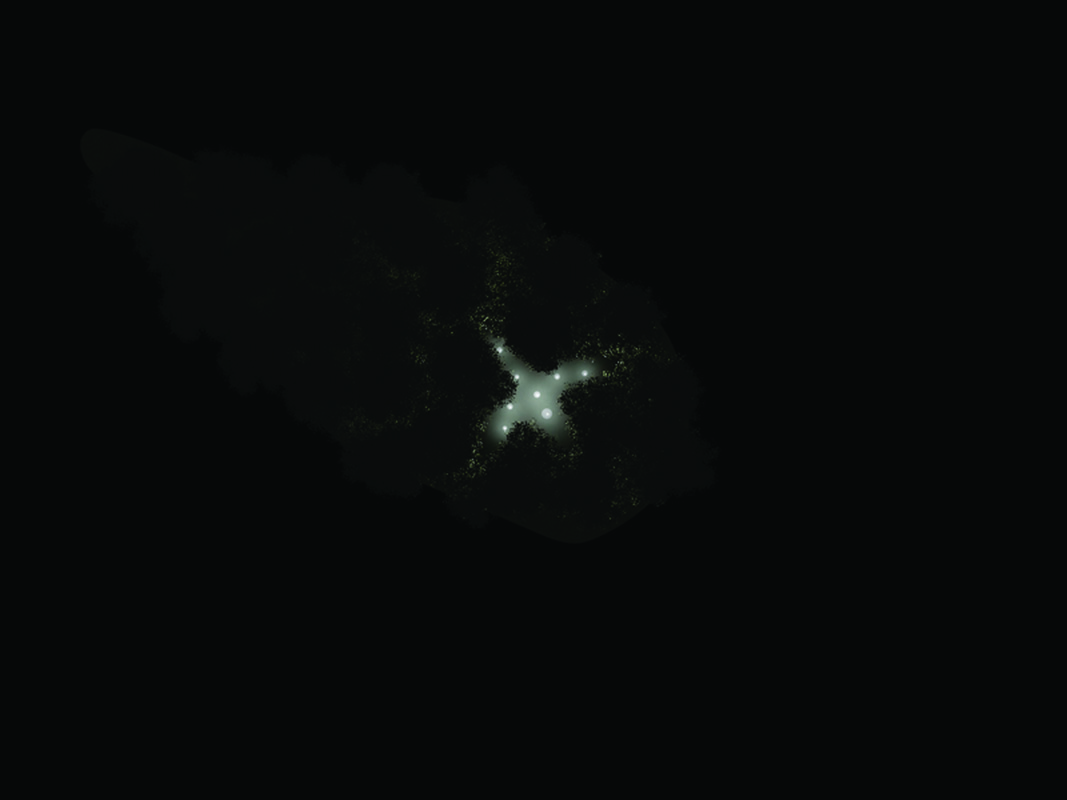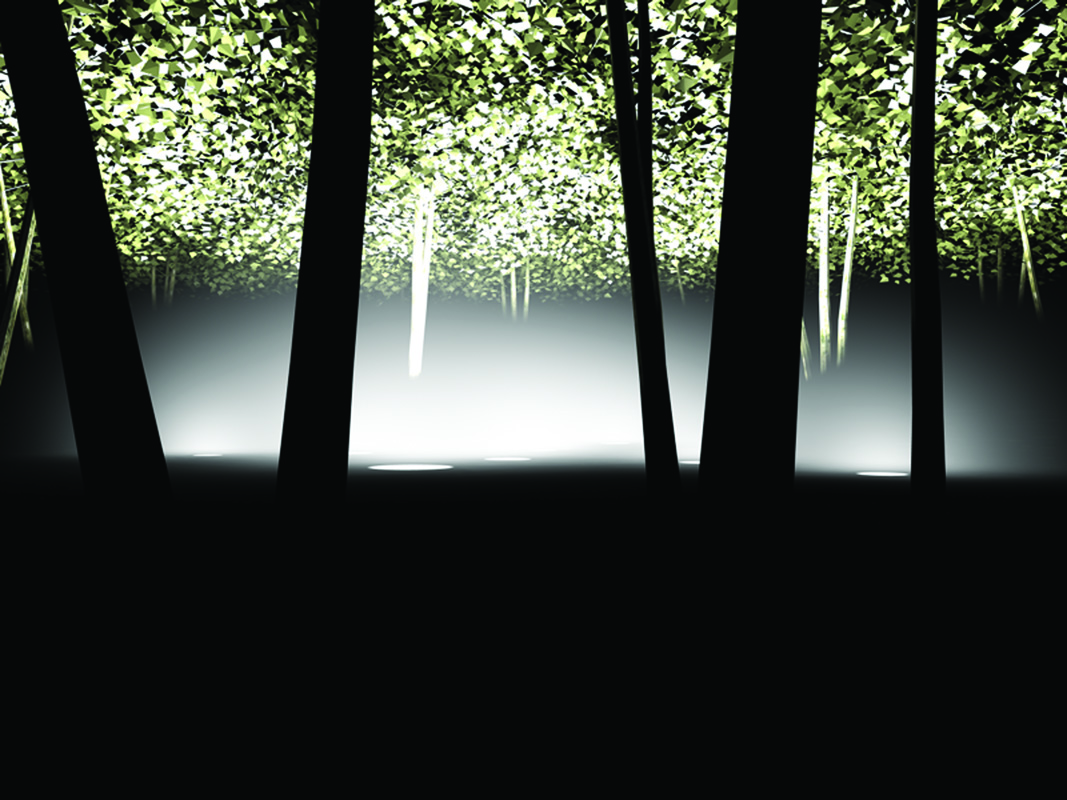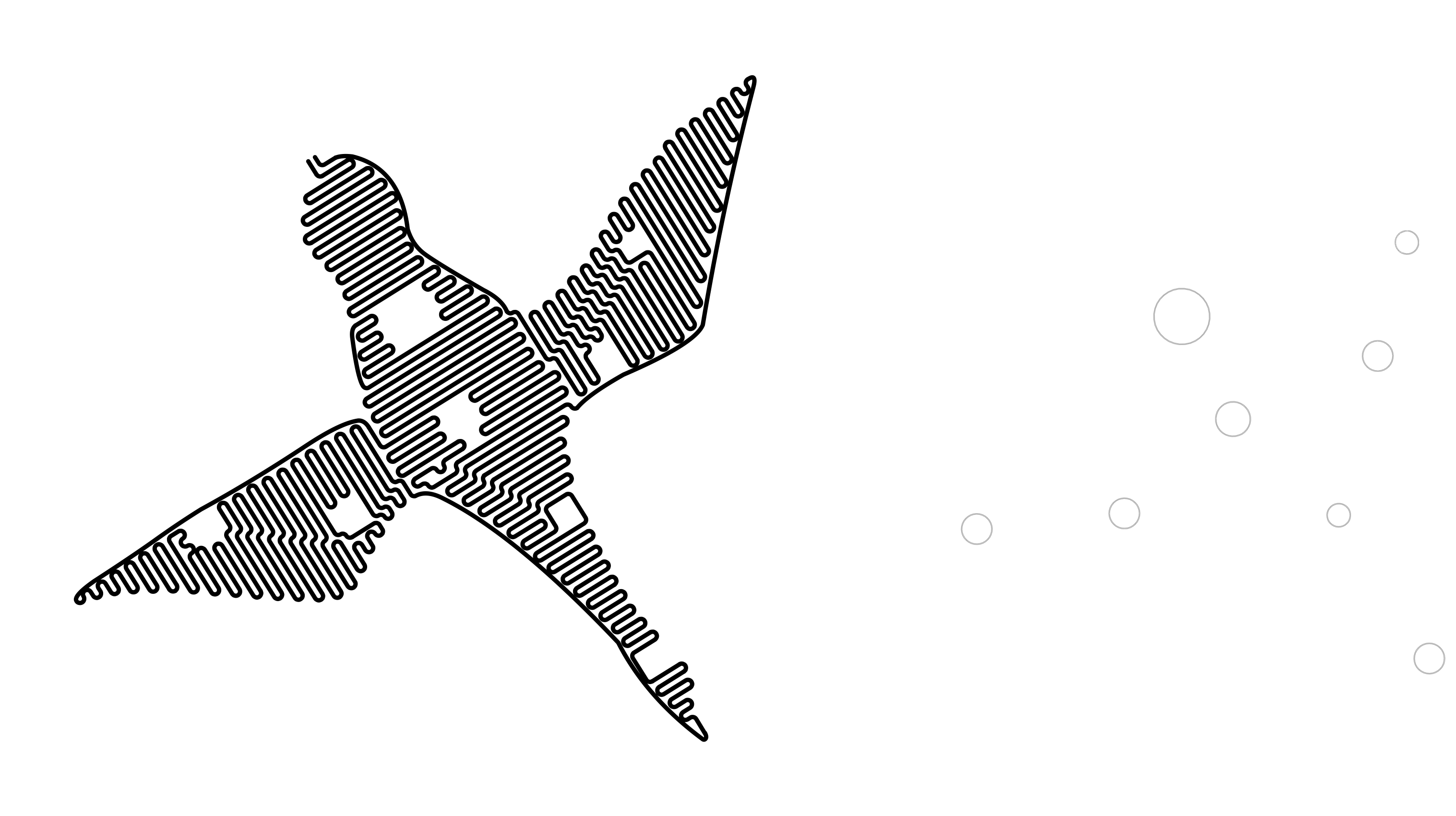
click
images fullscreen
< > 1 2 3 4 5 6
The second summer
Temporal distortionThe island is marshy. An acre or so in a river's ox-bow. Forever casting their shadows, mighty black-barked elms almost totally cover it. What we want to create here is another time, outside astronomical rhythms. A time that is adrift, a seasonal shift, lost on an island, hidden somewhere in a forest. Here, summer will go on indefinitely. It will stretch away into the year, pass through autumn, and make its way through winter into next spring. It is a sort of second summer, a seasonal alteration, an Indian summer, but even more vigorous, astray in the Austrian winter, a climate in suspension. At the heart of the island, behind a dark mass formed by tall deciduous trees, we can make out a clearing, like some improbable, supernatural space. Our project tries to prolong the island's darkness and its mystery, first making it denser, then, disguised in the heart of the island, opening up a space to the sky and the light. First, there is a perimeter of about 200 m2 defined by a ground temperature which will remain warm throughout the year. Fed by a 20 kW ground/water heat pump, which uses the ground's energy (temperature between 8-12°C all year round) using a geothermal probe at a depth of 160 m, a water circuit, at a temperature of 35°C, is installed in the ground at a depth of 25 cm. The heart will radiate in the ground, spreading up to the surface. The ground will never freeze here. In winter, a strange population of plants and bushes will develop, out of kilter, time- and climate-wise, astray in this improbable summer. The hot water circuit defines a surface whose form borrows the allegorical shape of summer's brightest constellation, Cygnus the swan, wings unfurled, on its eternal flight southwards. The constellation of the swan is the most visible and central of the constellations in the summer sky, whereas it vanishes from the firmament in winter. It is an imprint, the memory of its summer presence vanished in winter, that we hew out in the forest of elms.
And there is also a light, the light of the summer solstice, on 21 June, with its brightness and its variations, which is here perpetuated throughout the year. In the clearing, daybreak comes at 5.03 a.m., and the sun goes down at 11.51 p.m, each day the same, ail year round. In the clearing the days will invariably last for 15 hours and 53 minutes. Even on 21 December, whereas beyond the clearing the day will be only 8 hours and 30 minutes long, and the sun will set at 4.10 p.m. The vegetation in the clearing will last throughout this summer. It will be out of season, it will not really change colour, photosynthesis will not cease, the joints of the branches will not snap, the leaves will not completely fall, because the se seasonal phenomena are brought on by the shorter day's length, and because, here, the day's length will forever be that of the first day of summer. An artificial light, whose electromagnetic spectrum reproduces that of sunlight, will each day make up for the shorter day, prolonging photosynthesis beyond autumn, beyond winter. In the clearing, on the ground, the electric light is installed beneath great circles of opaline glass whose arrangement and number borrow those of the stars in the Cygnus constellation. Alpha, gamma, delta, epsilon, beta and three other stars create summer days in the heart of an island in winter.
team
Jérôme Jacqmin, Mustapha Majidclient
Bertran and Christine Conrad-Eybesfeldlocation, date
Eybesfeld’s Island, Austria, 2005^
